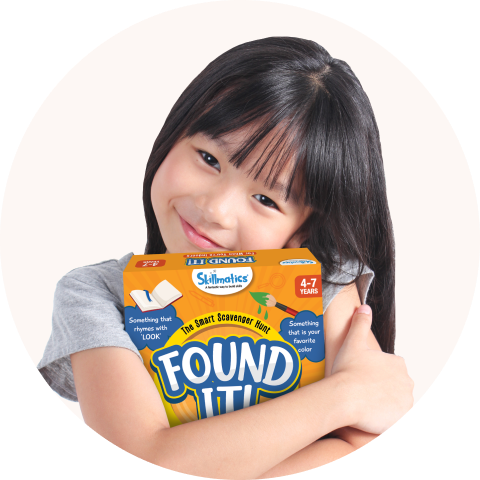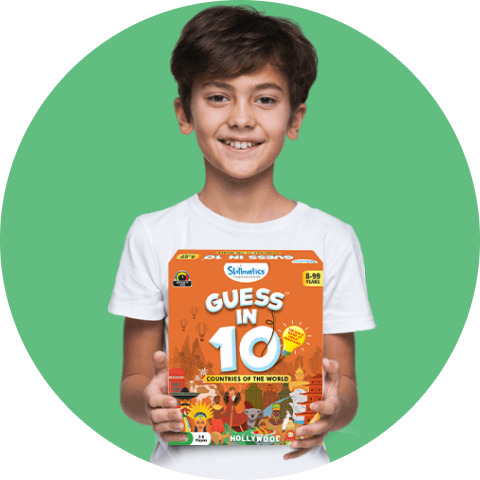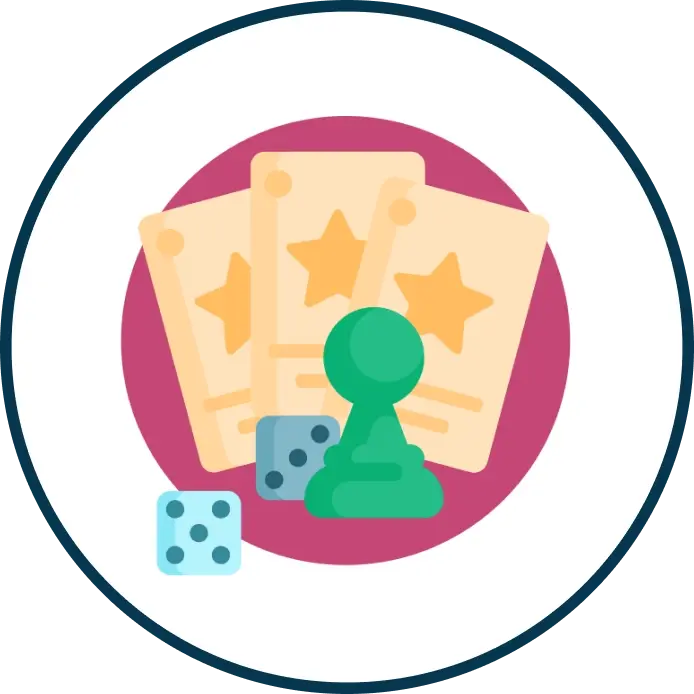How to Solve Floor-Based Puzzles for Kids?

Puzzles have been used as educational toys for kids of all ages for generations. They are thought to improve a child’s hand-eye coordination and problem-solving. Be it a simple jigsaw puzzle, floor maze, or hopscotch-style math game, floor-based puzzles make learning interesting, interactive and impactful.
Here’s the catch: Not all kids can solve them equally well so, if you think your kid takes a little while to catch up to the puzzle, you can improve their puzzle-solving ability. In today’s blog, we will help you make floor-based puzzles easier for your kids.
Let’s begin!
Variation in Floor-Based Puzzles
Before we begin to understand, “how to solve floor-based puzzles?”, it is important to have an insight into the puzzle variations available.
Floor-based puzzles are typically puzzle pieces that must be assembled on the ground. One of the most common types of floor-based puzzles is jigsaw puzzles. These puzzles start from 4 pieces, increasing up to as many as a whopping 1000 pieces.
Each of these puzzles comes with a 2D picture of the completed puzzle to set the final expectations straight. Moreover, these puzzles are typically designed for kids aged 3 years and older.
How to Make Floor-Based Puzzles Easier?
There are a couple of different strategies to solve floor-based puzzles. You can read through each of these and choose the one that fits the best for your child.
#1 - Start at the Edge
It is easier to locate the puzzle's edges than to identify and piece together the centre. Furthermore, when you begin with the boundary, it becomes easier to fill in the middle. So, help them look for straight edges and corners first then, work their way toward the centre.
#2 - Sort the Pieces
Let’s say your child is solving a Step By Step Puzzle: Wild Animals. In this case, there will be many animals. So, how do you begin? The quickest way is to sort the pieces based on colour.
For instance, grouping all the yellow-coloured pieces may form a lion, while all the grey-coloured pieces may form an elephant, and so on. However, to do this successfully, you must first ensure that your child has carefully gone through the 2D picture of the final puzzle and identified the distinct parts of it.
#3 - Don’t Solve Everything Together
The pressure to solve the entire puzzle at once could be overwhelming and hamper the process for them. It will take the fun out of the puzzle. In this case, it is best to segregate the puzzle into comfortable sections for the kids.
Start with the section your child is most confident about and build on from there. Keep the puzzle image for reference by their side all the time. So whenever they feel stuck, they can go back to the image, take a good look, and identify similar pieces.
#4 - Start with the Easiest One
The most basic floor puzzles start from 3 to 4 pieces. These are easy to solve and don’t take much time to master. When children are able to solve these puzzles within a record time, they gain confidence and believe in their ability to solve more complex puzzles. Thus, begin with the simplest puzzles and then, move on to bigger ones.
#5 - Make it a Routine Activity
Gaining mastery takes consistent practice. The more they solve, the better they become. Thus, it is best to make it a daily activity rather than a once-in-a-while thing. Set aside 30-45 minutes every day or every alternate day and sit with them to solve these puzzles.
#6 - Do Not Interfere Immediately
Learning is a part of trial and error. When your child feels stuck, do not jump in and solve the puzzle for them. Instead, guide them gently. Probe them with questions like:
-
Does this piece match the pattern you’re looking for?
-
Are you able to find a piece with a straight edge?
-
Can you find a piece with a [specific colour/pattern]?
-
What if you try placing this piece in this part?
Conclusion
With Skillmatics, solving floor-based puzzles is easier. You have a variety of puzzles to pick from which are designed for different age groups. For instance, our 10-colour-coded Step By Step Puzzle: Underwater Animals is for ages three and beyond.
Similarly, the World Map Puzzle is designed for ages 6-12. It is a 96-piece puzzle to assemble! And the learning part about it is? It also has 100 country cards for children to learn about the countries around the world, their capitals, and more than 400 fun facts to discover. So, it is no longer just a puzzle. It is a mini geography & general knowledge lesson each time they play.
That’s not all! We have many more variations in floor-based puzzles. Check out our entire collection and pick the one that your child will engage the most with!
Have a Fun Time Puzzling!

 Ages 0-3
Ages 0-3 Ages 3+
Ages 3+ Ages 6+
Ages 6+ Ages 8+
Ages 8+ Arts & Craft
Arts & Craft Puzzles & Pretend Play
Puzzles & Pretend Play Toddlers & Infants
Toddlers & Infants Learning Products
Learning Products Card & Board Games
Card & Board Games STEM Toys
STEM Toys